This election was the most polarized in a century, according to this one metric
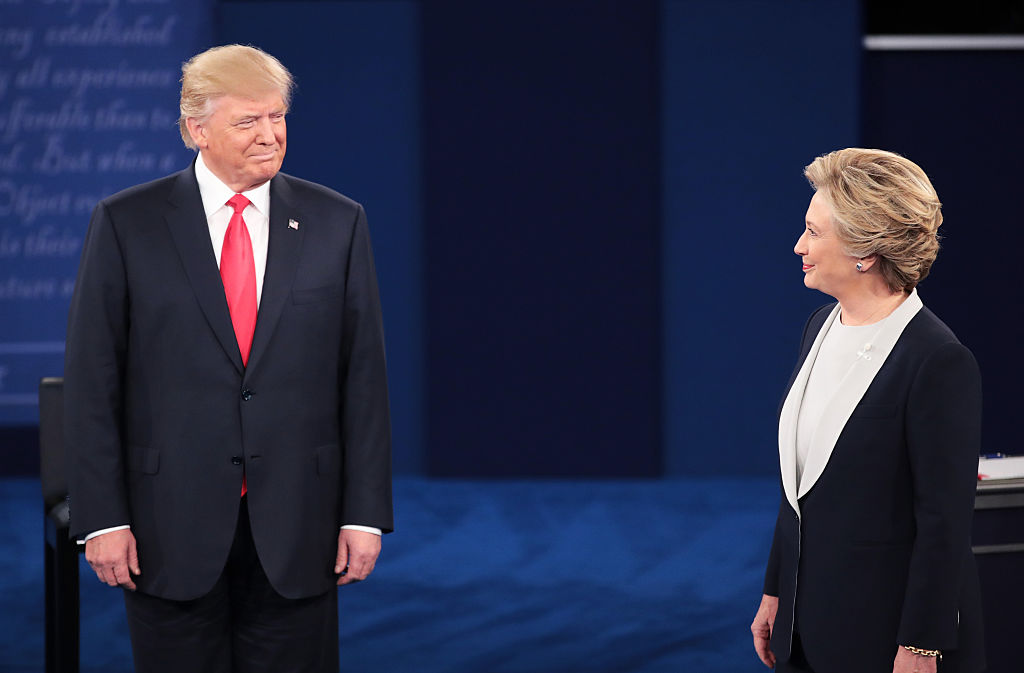

The American electorate is more polarized by party than at any time in a century, at least by one metric. For the first time since the 17th Amendment went into force in 1914, allowing the direct election of U.S. senators, no state split its vote between Senate and presidential candidate, Harry Enten notes at FiveThirtyEight. Every state that voted for Trump and had a Senate race also sent the GOP candidate to Washington, and every state with a Senate race that picked Clinton also chose the Democrat.
"Most voters have sorted themselves into two camps: liberal Democrats and conservative Republicans," Enten said. "This trend is apparent up and down the ballot to a degree that we've never seen before." The first time U.S. senators and presidents were first elected together was 1916, and in 26 presidential cycles, there has always been ticket-splitting he notes, with one near-miss in 1920: "In that election, the only state that didn't vote for the same party in the presidential and Senate race was Kentucky. It chose Republican Richard Ernst for Senate by less than 1 percentage point and Democrat James Cox for president, also by less than 1 point." You can read more, including which senators outperformed Clinton and Trump, at FiveThirtyEight.
Subscribe to The Week
Escape your echo chamber. Get the facts behind the news, plus analysis from multiple perspectives.

Sign up for The Week's Free Newsletters
From our morning news briefing to a weekly Good News Newsletter, get the best of The Week delivered directly to your inbox.
From our morning news briefing to a weekly Good News Newsletter, get the best of The Week delivered directly to your inbox.
Sign up for Today's Best Articles in your inbox
A free daily email with the biggest news stories of the day – and the best features from TheWeek.com
Peter has worked as a news and culture writer and editor at The Week since the site's launch in 2008. He covers politics, world affairs, religion and cultural currents. His journalism career began as a copy editor at a financial newswire and has included editorial positions at The New York Times Magazine, Facts on File, and Oregon State University.
-
 The Japanese rice crisis
The Japanese rice crisisUnder The Radar Japan's staple food is in short supply and everything from bad harvests to rising tourist numbers is being blamed
By Elizabeth Carr-Ellis, The Week UK Published
-
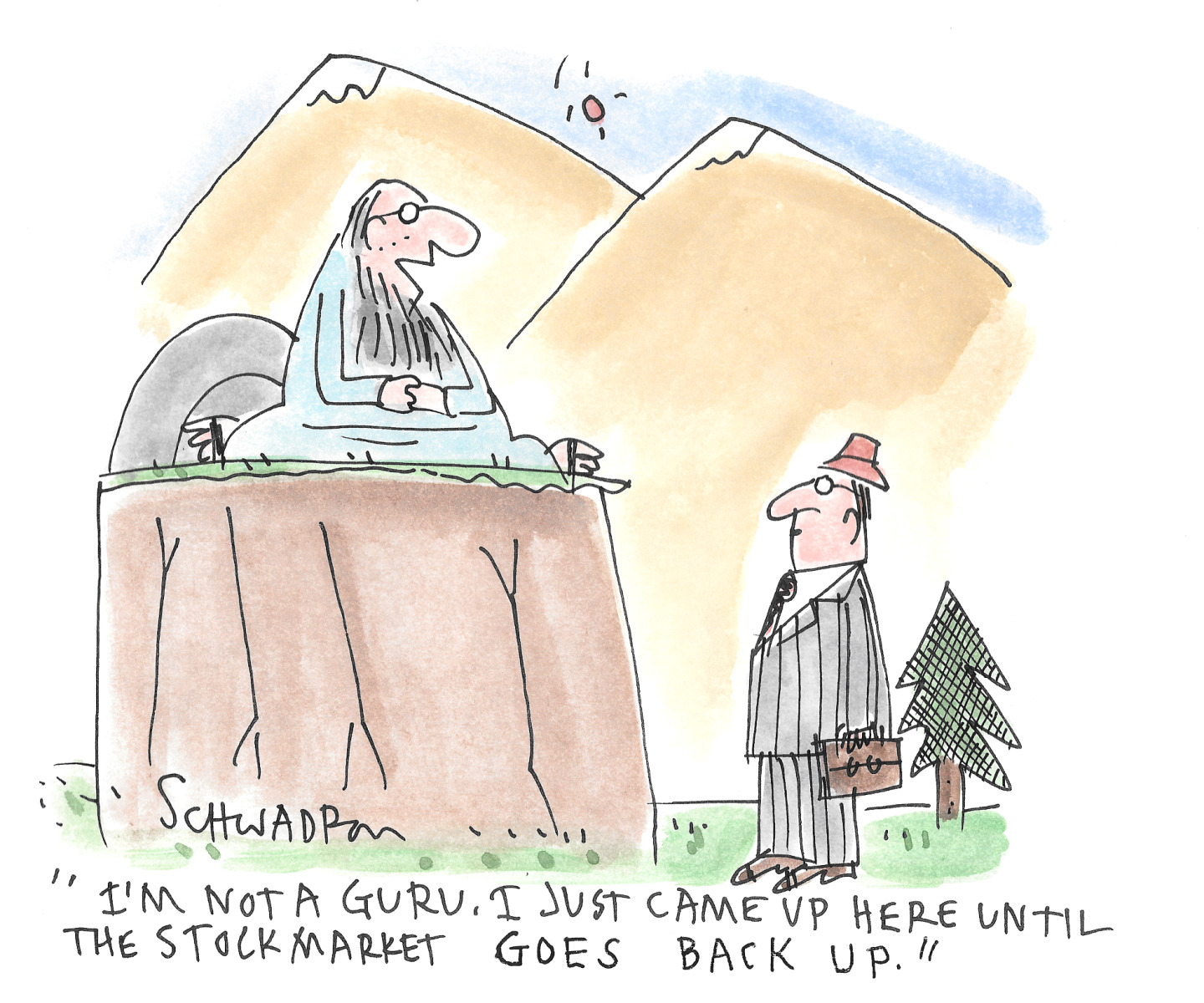 Today's political cartoons - April 13, 2025
Today's political cartoons - April 13, 2025Cartoons Sunday's cartoons - waiting it out, hiring freeze, and more
By The Week US Published
-
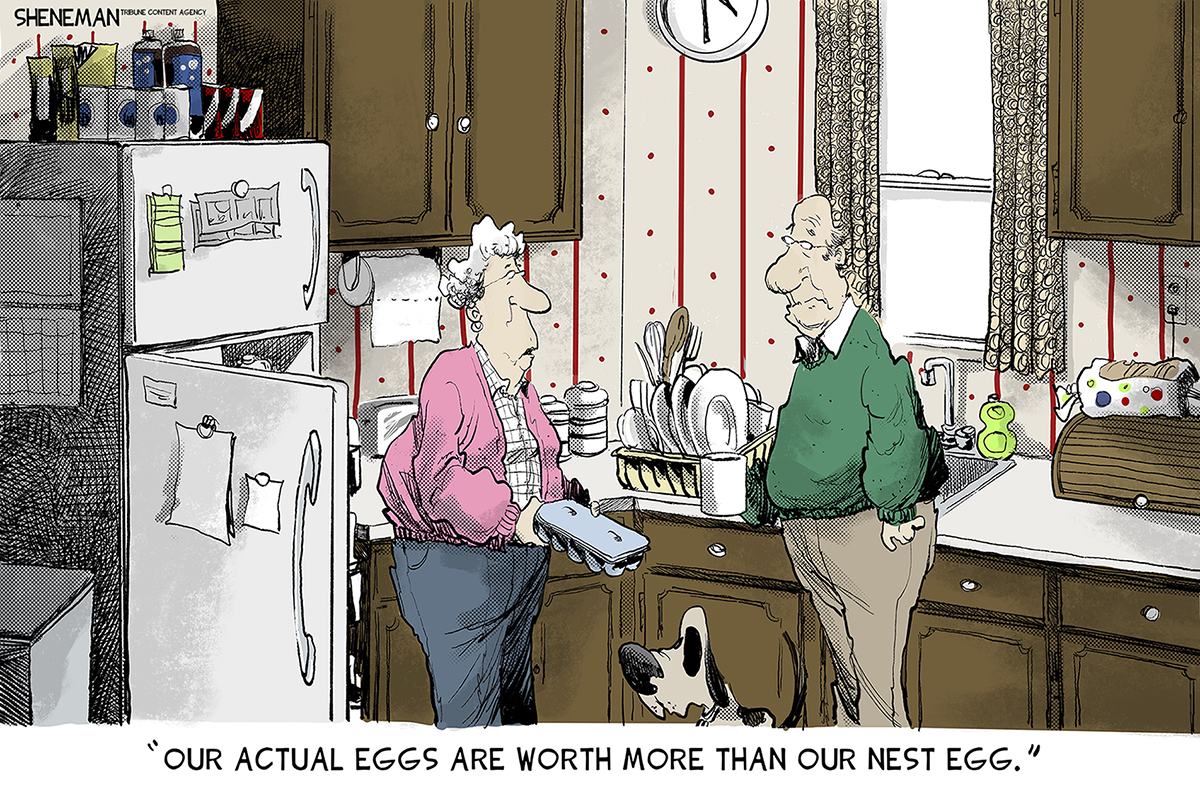 5 cracking cartoons about broken nest eggs
5 cracking cartoons about broken nest eggsCartoons Artists take on plummeting value, sound advice, and more
By The Week US Published
-
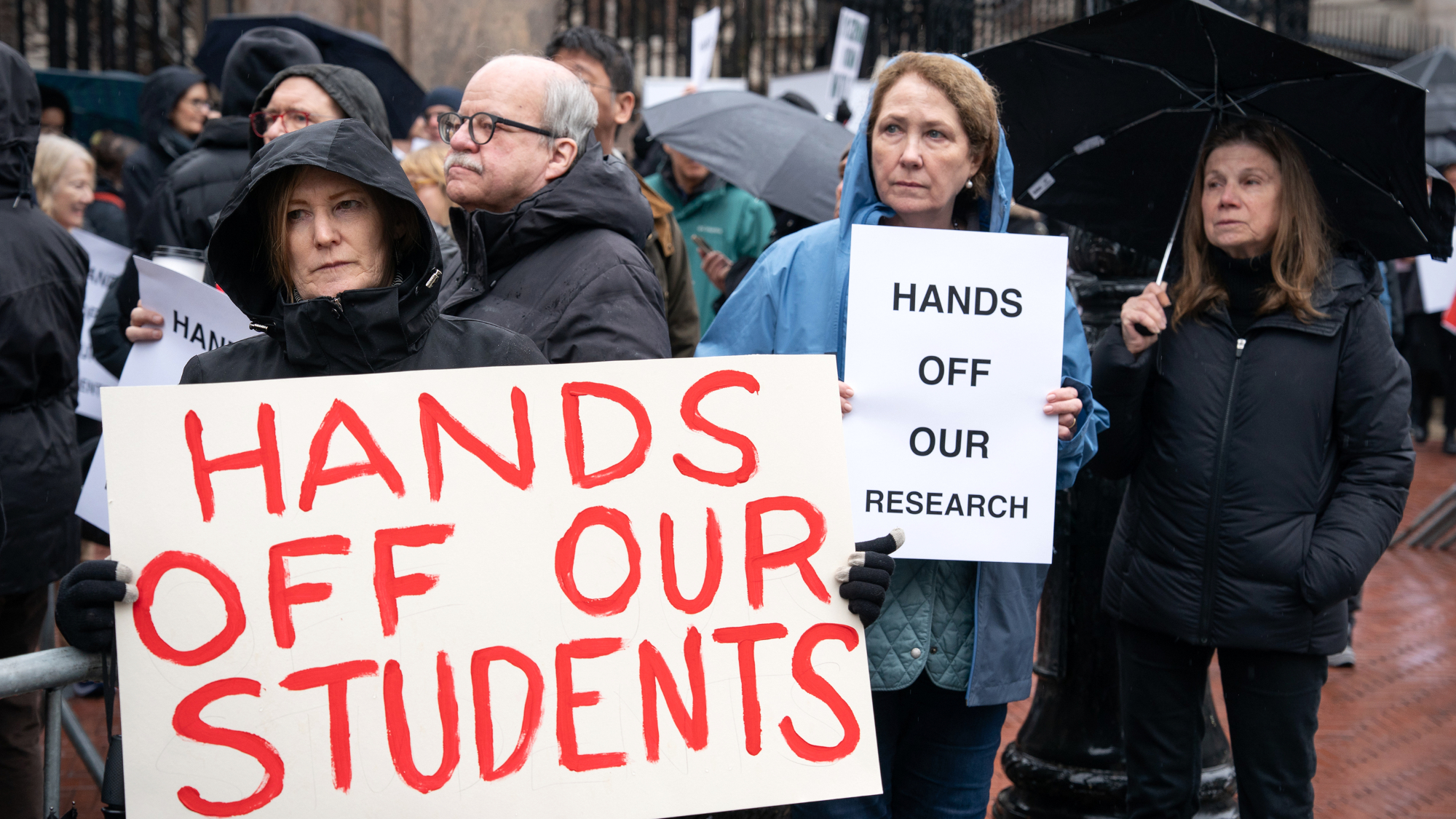 White House pushes for oversight of Columbia University
White House pushes for oversight of Columbia UniversitySpeed Read The Trump administration is considering placing the school under a consent decree
By Rafi Schwartz, The Week US Published
-
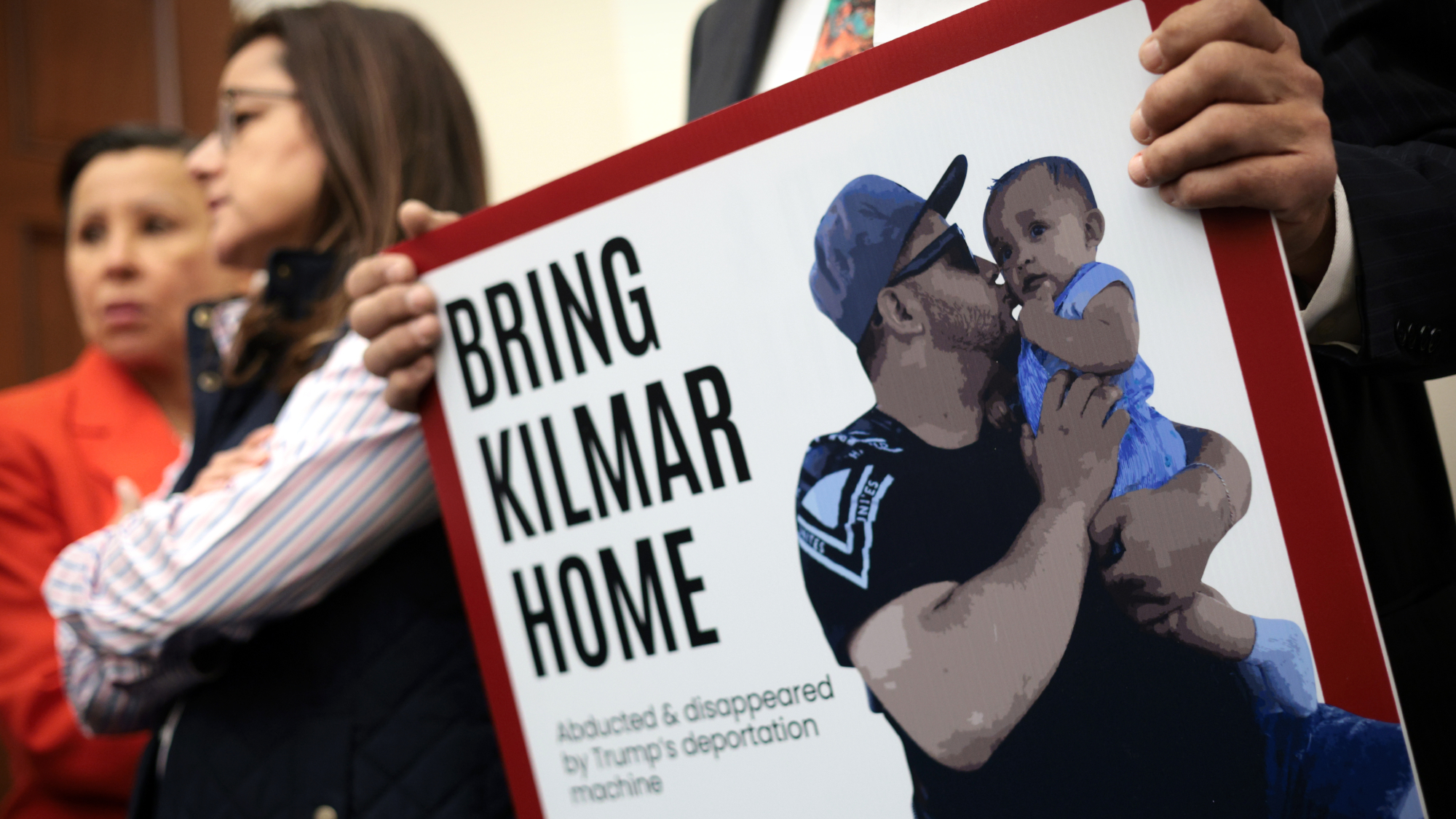 Supreme Court backs wrongly deported migrant
Supreme Court backs wrongly deported migrantSpeed Read The Trump administration must 'facilitate' the return of wrongfully deported migrant Kilmar Ábrego García from El Salvador, Supreme Court says
By Peter Weber, The Week US Published
-
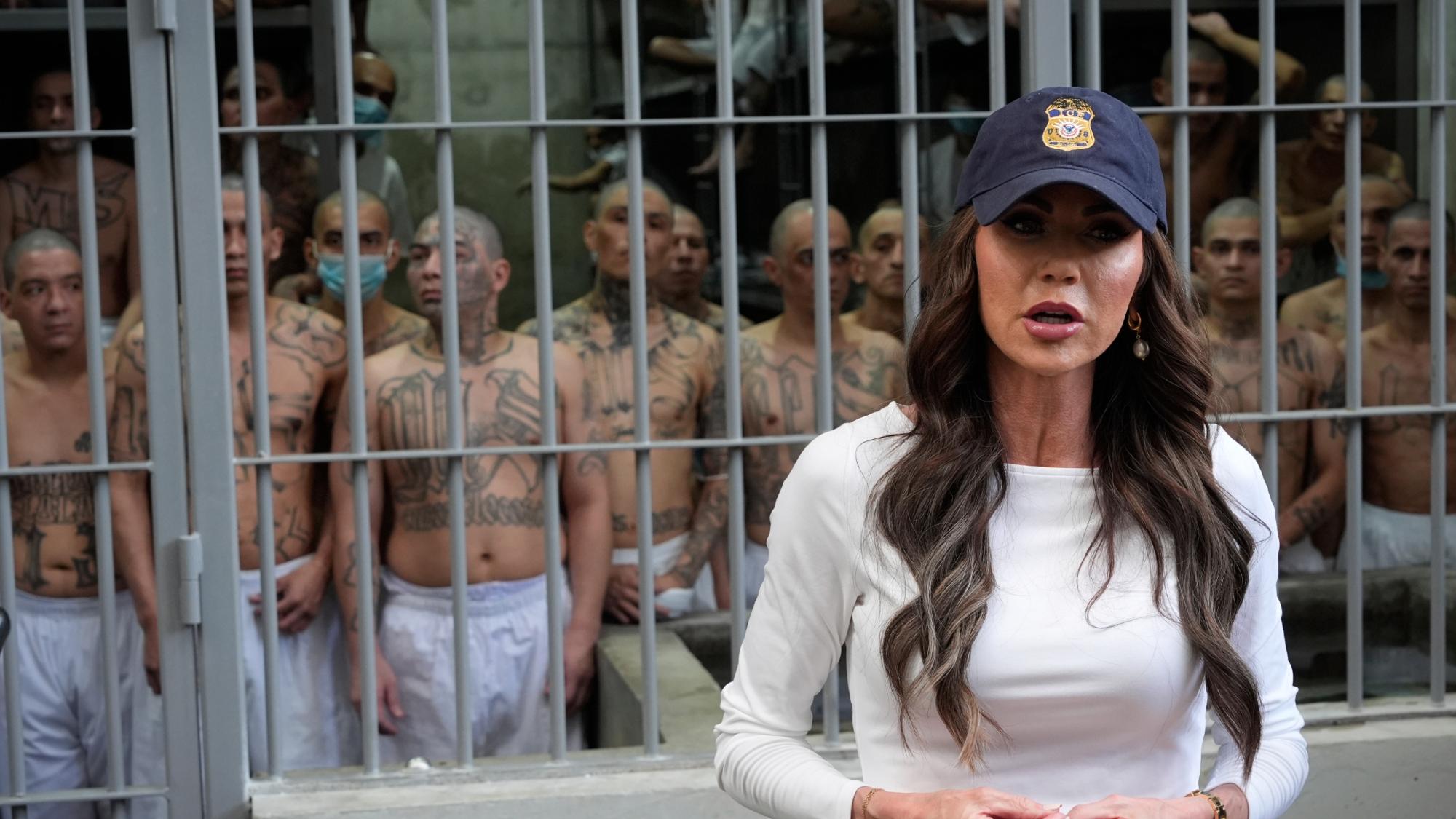 Two judges bar war-powers deportations
Two judges bar war-powers deportationsSpeed Read The Trump administration was blocked from using the Alien Enemies Act to deport more alleged Venezuelan gang members
By Peter Weber, The Week US Published
-
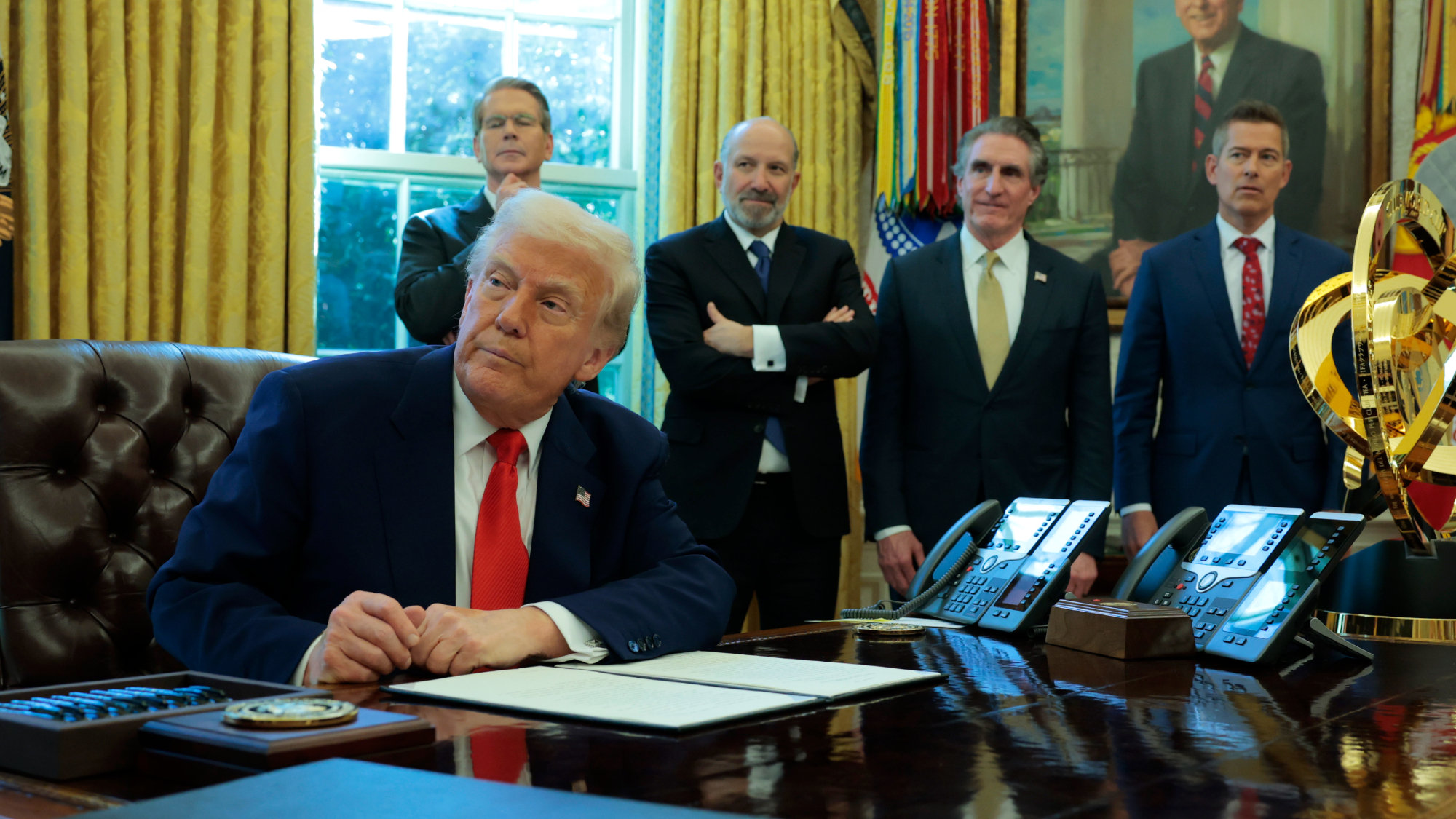 Trump pauses some tariffs but ramps up China tax
Trump pauses some tariffs but ramps up China taxSpeed Read The president suspended most 'reciprocal' tariffs for 90 days and raised his tariffs for China to 125%
By Rafi Schwartz, The Week US Published
-
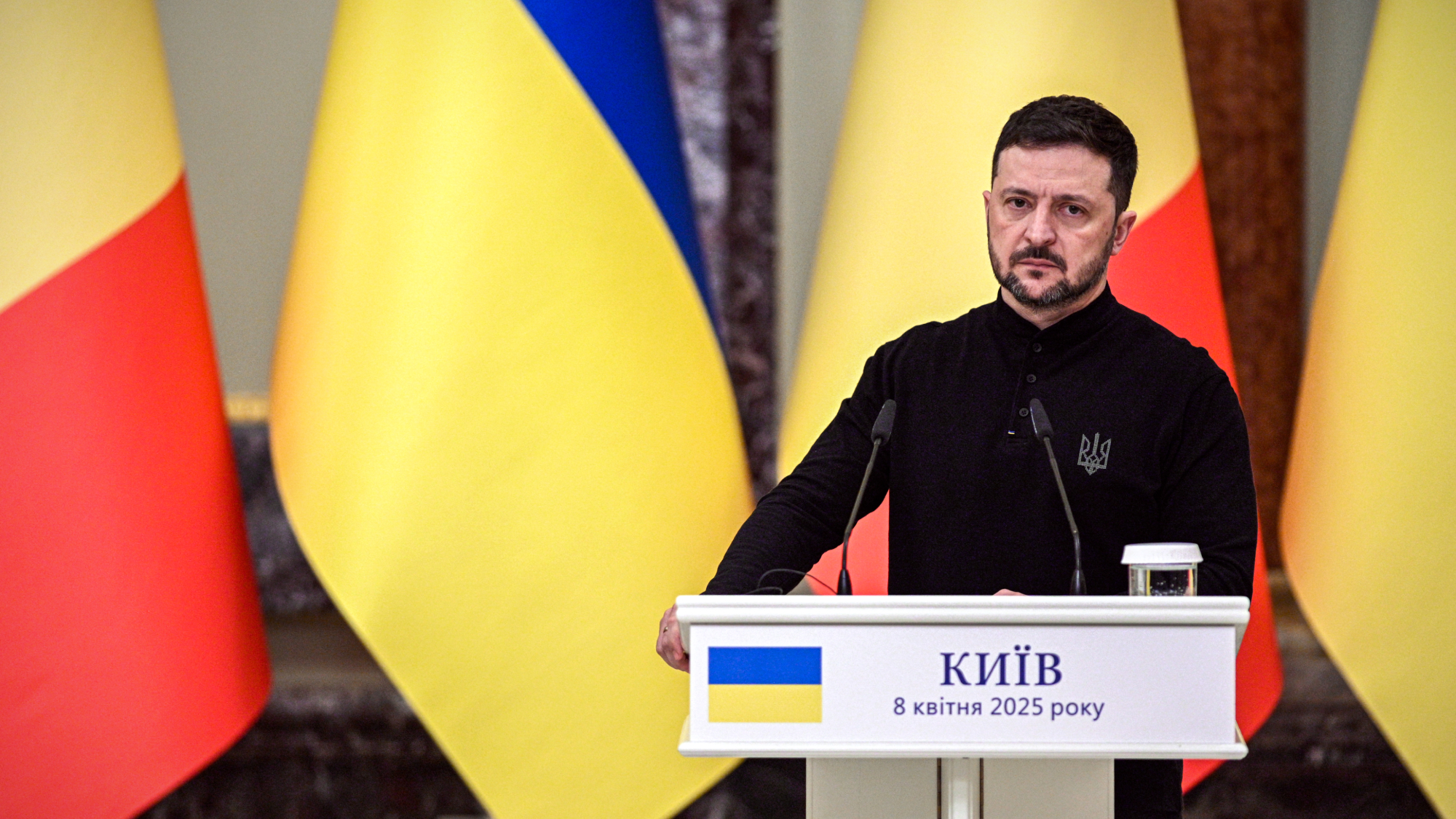 Ukraine nabs first Chinese troops in Russia war
Ukraine nabs first Chinese troops in Russia warSpeed Read Ukraine claims to have f two Chinese men fighting for Russia
By Peter Weber, The Week US Published
-
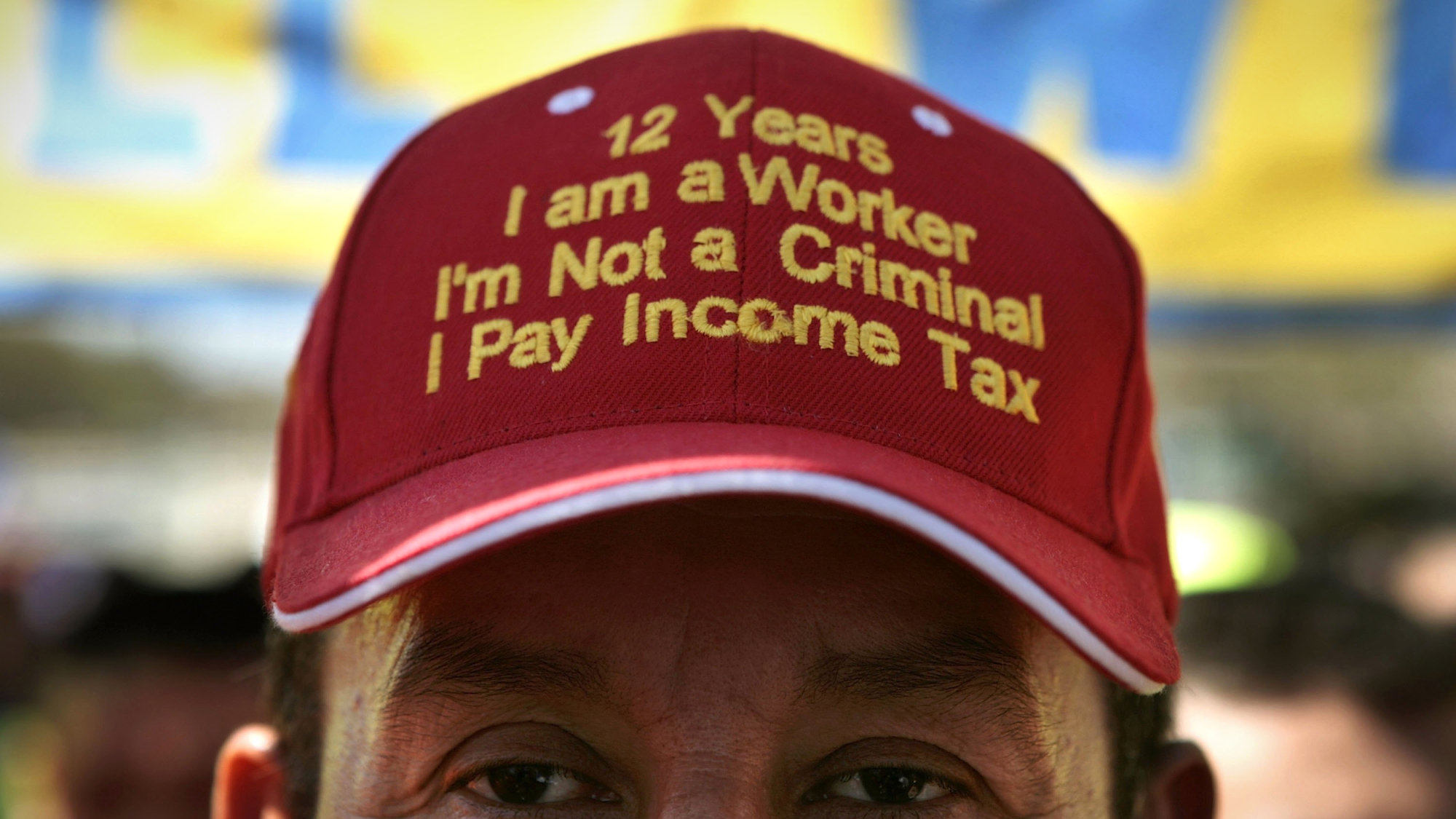 IRS chief resigning after ICE deal on taxpayer data
IRS chief resigning after ICE deal on taxpayer dataSpeed Read Several IRS officials are stepping down after the tax agency is forced to share protected taxpayer records to further Trump's deportation drive
By Peter Weber, The Week US Published
-
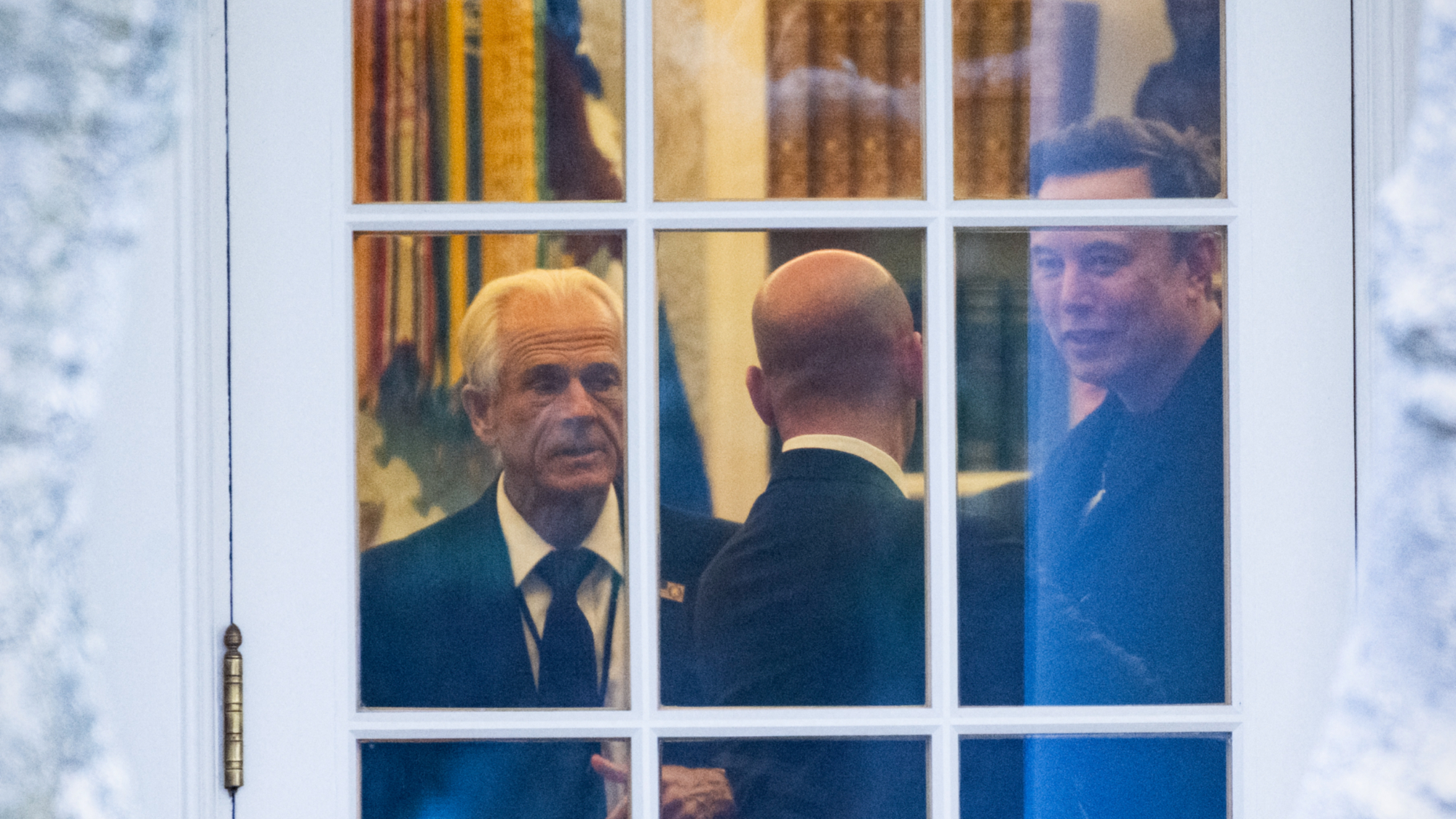 Musk and Navarro feud as Trump's trade war escalates
Musk and Navarro feud as Trump's trade war escalatesSpeed Read The spat between DOGE chief Elon Musk and Trump's top trade adviser Peter Navarro suggests divisions within the president's MAGA coalition
By Rafi Schwartz, The Week US Published
-
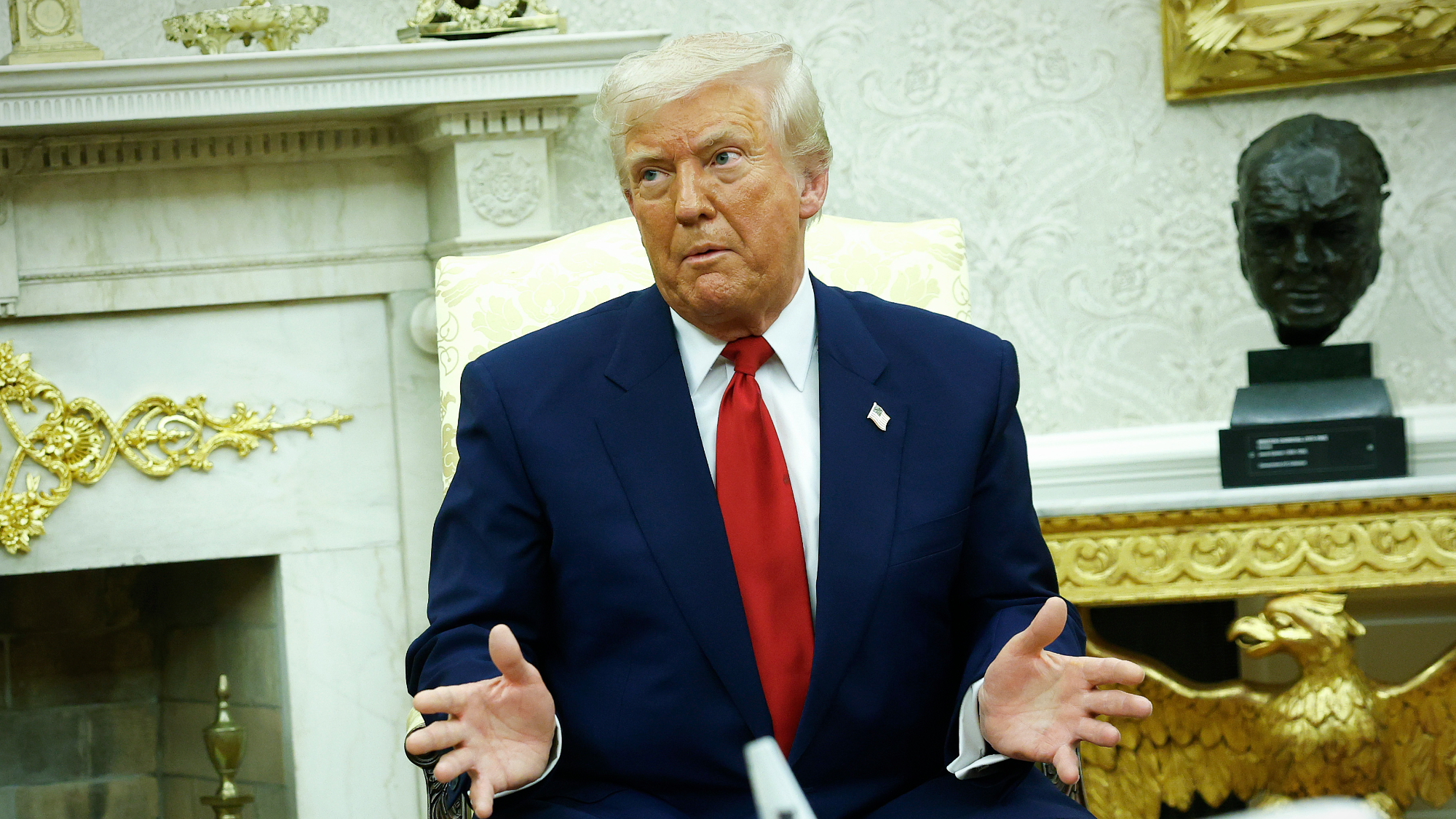 Trump, China up trade war risks with tariff threats
Trump, China up trade war risks with tariff threatsSpeed Read China said it would 'fight to the end' after President Donald Trump threatened an additional 50% tariff on Chinese imports
By Rafi Schwartz, The Week US Published